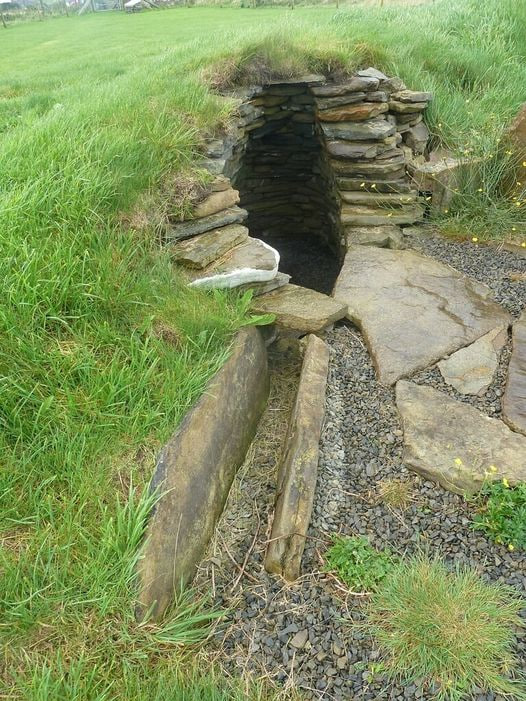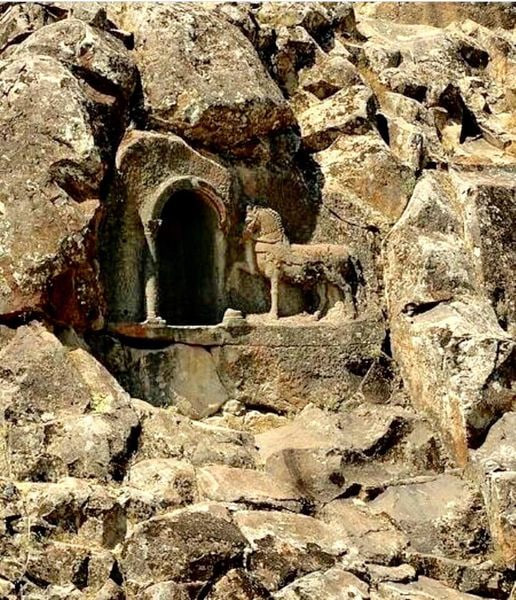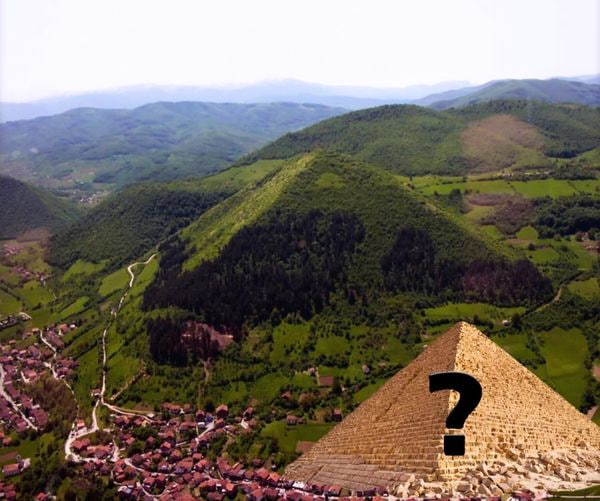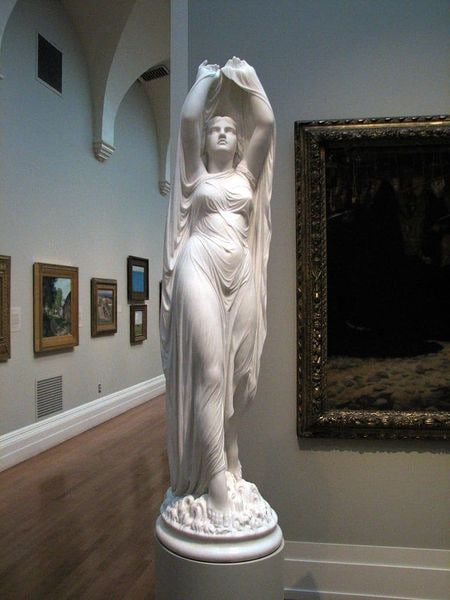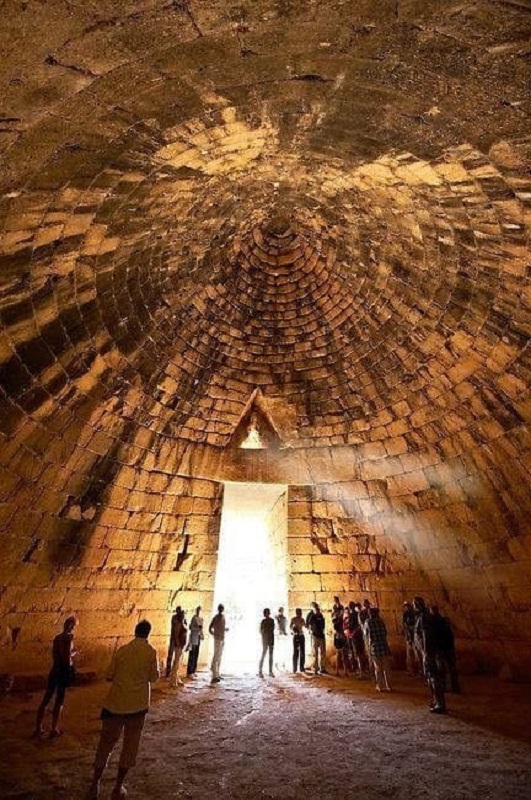Michelangelo's Pietà, Carrara Marble Sculpture, Youthful Masterpiece, Renaissance Art
In the annals of art history, few works inspire as much awe and reverence as Michelangelo's Pietà—a breathtaking sculpture that transcends time and space with its ethereal beauty and profound emotional resonance. Crafted by the hand of a young Michelangelo Buonarotti at the tender age of 23, this masterpiece of Renaissance art stands as a testament to the artist's unparalleled talent and vision. Commissioned by a French cardinal and carved from a single block of Carrara marble, the Pietà remains an enduring symbol of divine grace and human suffering, captivating viewers with its sublime elegance and spiritual depth.
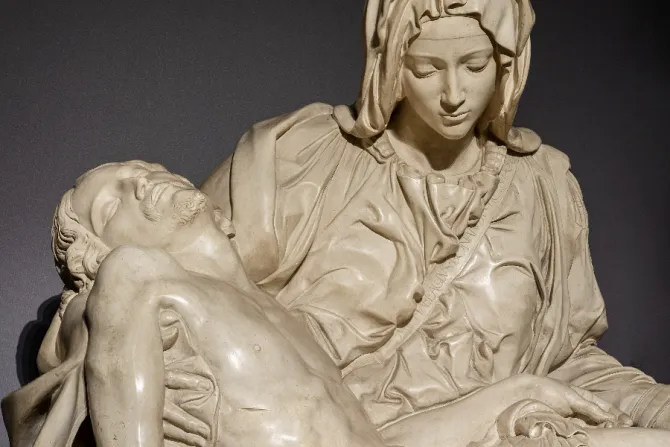
A Triumph of Youthful Genius
Michelangelo's Pietà is a testament to the extraordinary talent and precocious skill of the artist, who was just 23 years old when he embarked on this ambitious project. Despite his youth, Michelangelo demonstrated a mastery of form and expression beyond his years, imbuing the marble with a sense of lifelike realism and emotional intensity that remains unrivaled to this day. The Pietà stands as a testament to the artist's ability to capture the human spirit in stone, transcending the limitations of the medium to evoke a profound sense of empathy and compassion in the viewer.

The Commission and Creation
Commissioned by a French cardinal in the late 15th century, the Pietà was intended to adorn the cardinal's tomb in St. Peter's Basilica in Vatican City. Michelangelo worked tirelessly on the sculpture, devoting himself wholeheartedly to the task of bringing his vision to life. Remarkably, he completed the Pietà in just two years, from 1498 to 1500, a testament to his unparalleled work ethic and creative genius. Carved from a single block of exquisite Carrara marble, the sculpture exudes a sense of purity and harmony, with every delicate detail meticulously rendered by the artist's skilled hand.
A Masterpiece of Spiritual Expression
The Pietà depicts the Virgin Mary cradling the lifeless body of her son, Jesus Christ, after his crucifixion—a poignant scene imbued with profound emotion and spiritual significance. Michelangelo's interpretation of this sacred moment is imbued with a sense of serenity and grace, as Mary's sorrowful gaze meets the viewer's eyes with an expression of quiet resignation and profound sorrow. The delicate drapery of Mary's robes and the lifelike contours of Christ's body convey a sense of tender intimacy and maternal love, inviting viewers to contemplate the mysteries of faith and redemption.
The Artist's Signature
Perhaps most notably, the Pietà is the only sculpture that Michelangelo ever signed. Carved across the sash running diagonally across Mary's chest, the inscription "MICHAEL ANGELUS BONAROTUS FLORENT FACIEBAT" bears witness to the artist's pride and ownership of his work. This bold declaration of authorship serves as a testament to Michelangelo's confidence in his abilities and his unwavering commitment to excellence, cementing his place in the pantheon of artistic greatness for generations to come.
Conclusion
Michelangelo's Pietà stands as a timeless testament to the boundless potential of youthful genius and the transformative power of art to transcend the limitations of time and space. Crafted by the hand of a young master at the dawn of the Renaissance, this exquisite sculpture continues to captivate and inspire viewers with its beauty, grace, and spiritual depth. As we gaze upon the delicate contours of Mary's face and the serene repose of Christ's body, we are reminded of the enduring power of Michelangelo's vision to touch the hearts and souls of all who behold it, inviting us to contemplate the mysteries of faith, love, and redemption with awe and reverence.


